Launch your employee recognition programme in just one week — a step-by-step sprint to engage teams, align behaviour, and kick off a culture of appreciation.
1. Launching an employee recognition program in a week is possible with careful planning, a strong project team, and a flexible recognition platform.
2. Key steps include forming a project team, defining program objectives, selecting a recognition platform, creating a communication strategy, and conducting training and a dry run before the launch.
3. Following the launch, it is crucial to maintain ongoing communication, monitor participation, provide assistance to users, gather feedback, and make necessary adjustments to ensure the program’s success.
4. A well-executed quick launch can deliver significant results and employee engagement if appropriately managed.
Usually, developing and launching an effective employee recognition program takes a reasonable amount of time to ensure its success. However, organizations often need to expedite the launch process for various reasons. Is it possible to launch an employee recognition program in a week? Let’s take a look.

There are scenarios when organizations need to launch a critical initiative in a very short period.
It usually leaves very little time for proper planning and execution.
However, it will still be expected that the program delivers the desired results and return on investment.

The good news is that, with proper planning, resources, and execution, an organization can launch an employee recognition program in a week.
However, the team should consider key aspects and take critical steps.

One of the most critical steps is deciding on the employee recognition platform before the program’s launch.
The organization has to ensure that the employee recognition platform they choose should have the features required to implement the recognition program that is being envisioned.
The platform should be easily configurable to enable quick implementation and flexible enough to accommodate policy changes later.
The organization should do quick research on the different recognition platforms and organize demos of the shortlisted ones before finalizing the best platform.

Before launching the program, the organization should complete the shortlisting, selection, and onboarding of the employee recognition platform provider.


The first critical task for a quick launch is to set up a strong team for the project. The project team should have strong leadership skills and domain knowledge required for designing such a program.
It is a good idea to have members from HR and other functions, such as marketing, operations, and IT.
The management should empower the team to make quick decisions and access the necessary resources without requiring excessive approvals.
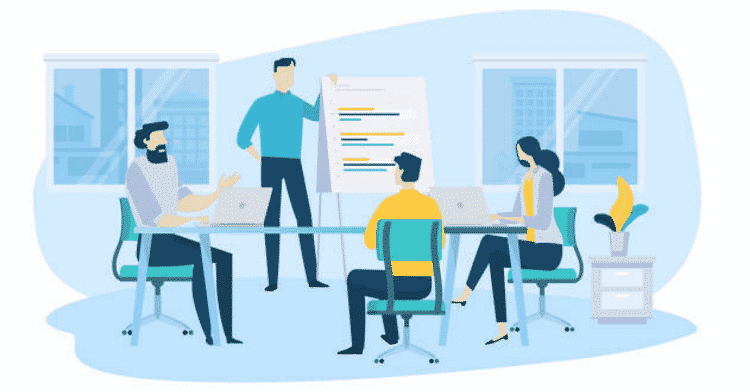
The project team needs to quickly understand the key objectives of the employee recognition program from the project sponsor.
They also need to consult the key stakeholders to understand their expectations of the program’s results.
The team should get a clear understanding of the short-term and long-term goals of the program.
Additionally, they must consider the workforce’s expectations from such a program.
For this purpose, they may need to conduct brief meetings and group discussions, as well as review past data on similar initiatives.

Keeping the program objectives in mind, the project team should develop a recognition policy framework.
The team must study the organization’s current policies, performance, and industry best practices to inform their approach.
The policy framework should be comprehensive enough to cover different aspects of the employee performance, behavior, and core values of the organization.
At the same time, the criteria for each form of recognition should be straightforward and easily understood by anyone.

With the policy framework finalized, the team should work together with the employee recognition platform provider to come up with a fast-tracked but feasible implementation plan.
They need to develop a phased implementation plan that includes rolling out initial recognition forms, such as spot awards and peer-to-peer recognition.
These forms are relatively more straightforward to implement, cover a broad workforce segment, and generate high visibility.
Planned recognition, such as quarterly and annual awards, can be rolled out after the initial launch.

The launch plan should not only include the technical implementation of the program but also the communication, user training, and the actual launch plan.
These are other essential aspects of the employee recognition program’s launch process.
The project team should create a detailed checklist of tasks and key points for launch and use it to monitor and drive the entire project.

With the policy and platform finalized, it is time to communicate the program to the employees.
The launch campaign can start with a teaser communication. The frequency and level of details of the communication should increase closer to the actual launch event.
They should leverage internal communication teams for program branding and communication.
The team must communicate about the program using both online and offline platforms, including email, intranet, Teams/Slack, LED displays, and posters and standees.

The project team should involve key program users, including members of the HR and Administrative teams, as well as line managers, in thelaunch process.
Key users should be trained and made familiar with the policy, the platform, and the process as early as possible.
Creating a user guide and FAQs covering all the program’s key aspects might be a good idea.
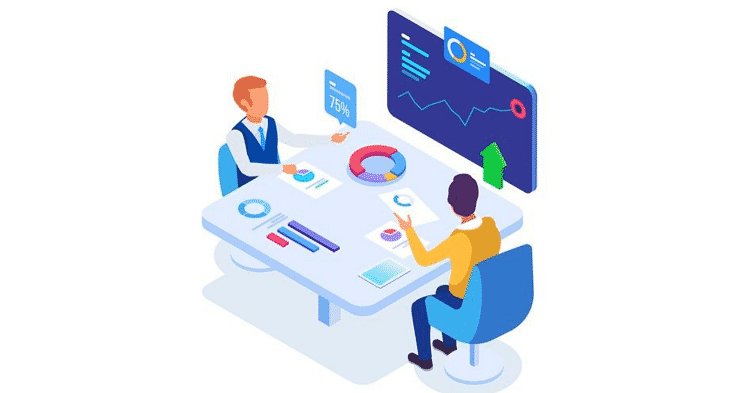
The key users must understand the employee recognition platform before the program launch.
The team should get the key users to do a dry run of actual recognition processes using the platform.
They should do this in close coordination with the platform provider to ensure quick issue resolution and clarification of doubts.
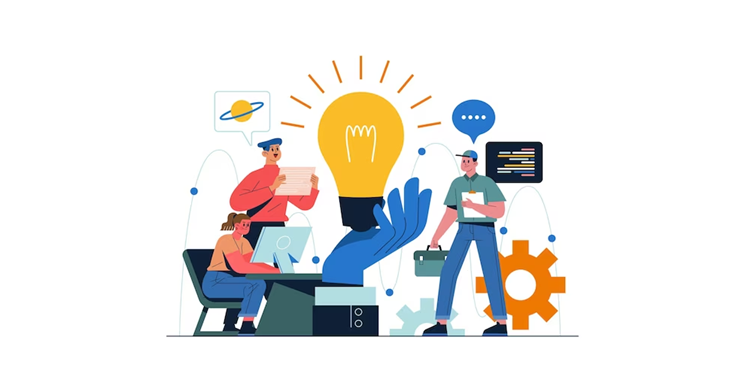
The project team also needs to ensure that the preparations for the launch event are in place.
The communication of the launch event to the employees should be done as early as possible to avoid any conflict in schedule.
They need to invite senior management members to the launch event.
The team must organize logistics and event management for offline launch events.

The team needs to plan and execute the launch event, whether offline or online, seamlessly.
Offline events could be in the form of town halls or all-employee meetings. Though more impactful, these events might be more challenging to organize in such a short period.
Online launch events, such as webcasts, video conferences, or emails from the CEO, may be logistically less challenging, but they still require good planning and execution.
The project team should seek help from the internal communication team to make them more effective.

The team should ensure that senior management is involved in the launch event and that workforce members participate fully.
A multi-national recruitment and staffing company is leveraging the HiFives platform to run its employee rewards and recognition program for its workforce. The program covers peer-to-peer recognition, spot awards, quarterly awards and celebration of employee birthdays and work anniversaries.
The entire program was set up and launched in 4 days. The HiFives team worked closely with the client, defining the R&R policies and configuring the platform in parallel. Pre-defined templates, checklists and other project resources were utilized to set up the program quickly. Built-in single sign-on integration with Google Workspace was also leveraged.A multi-national recruitment and staffing company is leveraging the HiFives platform to run its employee rewards and recognition program for its workforce. The program covers peer-to-peer recognition, spot awards, quarterly awards and celebration of employee birthdays and work anniversaries.
The entire program was set up and launched in 4 days. The HiFives team worked closely with the client, defining the R&R policies and configuring the platform in parallel. Pre-defined templates, checklists and other project resources were utilized to set up the program quickly. Built-in single sign-on integration with Google Workspace was also leveraged.
Launching the program is only half the job done.
The team needs to close several other activities post-launch to ensure maximum participation and impact of the program.
These activities should continue for several days and even weeks after the actual launch:

Regular communication about the program, its initial impact, and other relevant details is crucial for increasing employee participation.

The team should monitor key metrics like logins to the platform, number of recognitions, likes, comments, etc.
It can help them track employee participation in the program over the first few weeks of the launch.
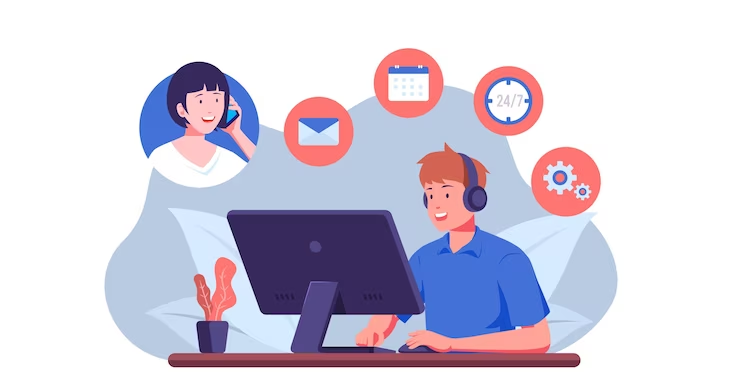
The team should create a mechanism to address user queries and assist them in navigating through the platform.
The internal team or the platform provider should create user navigation guides and FAQs and run an employee help desk.

Getting feedback from employees about what is working well and what is not is critical to making the necessary changes to the program.
Quick surveys and floor meetings can help in achieving this.
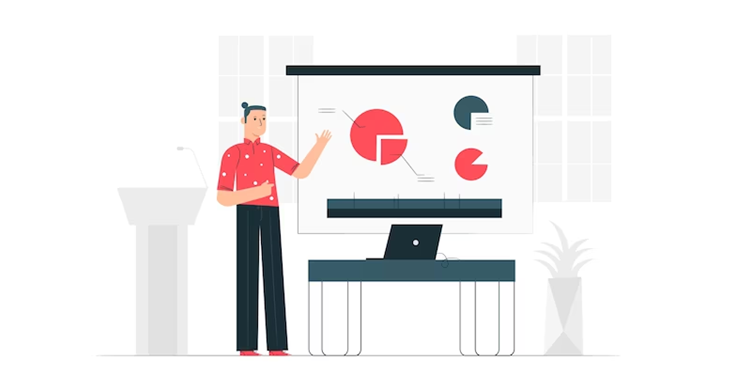
The team should look at modifications in the policy and the platform.
It should depend on employee feedback and input, as well as the program’s initial impact.
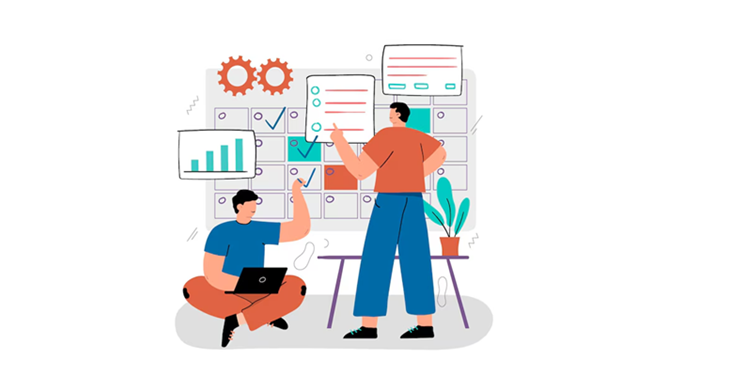
Yes — with focused planning, an empowered project team, and a flexible recognition platform.
It must be configurable and flexible (so policies can evolve), and it must support key recognition features (e.g., spot awards, peer recognition) from day one.
Here’s a day-wise schedule:
1: Create a cross-functional project team (HR, operations, IT, communications) and define the program objectives.
2: Draft a straightforward policy covering performance, behavior, values, and eligibility, then create the launch plan.
3: Communicate the program to employees (teasers, full details) and train key users/managers on how it works.
4: Do a dry run of the platform (simulate recognitions) and finalize logistics for the launch event.
5: Officially launch the program (online or offline), with leadership participation, communications, and the first set of recognition
Continue communication, monitor participation metrics, assist users (through the helpdesk/guides), collect employee feedback, and refine the program accordingly.
To launch an employee recognition program in a week is no easy feat to achieve. However, with the right kind of team, planning, and execution, it can be made possible while also setting it up for success.

Lead author: Sagar Chaudhuri, the Co-Founder and CEO of HiFives. He is an HR Tech Evangelist with over 25 years of experience in both corporate and entrepreneurial settings. Previously, Sagar has held leadership roles with companies such as Genpact, Infosys, and ICICI Bank. He has an engineering degree from IIT Kharagpur and an MBA from IIM Lucknow. Connect on LinkedIn
To stay updated on the latest HiFives blogs, follow us on Twitter (@MyHiFives)